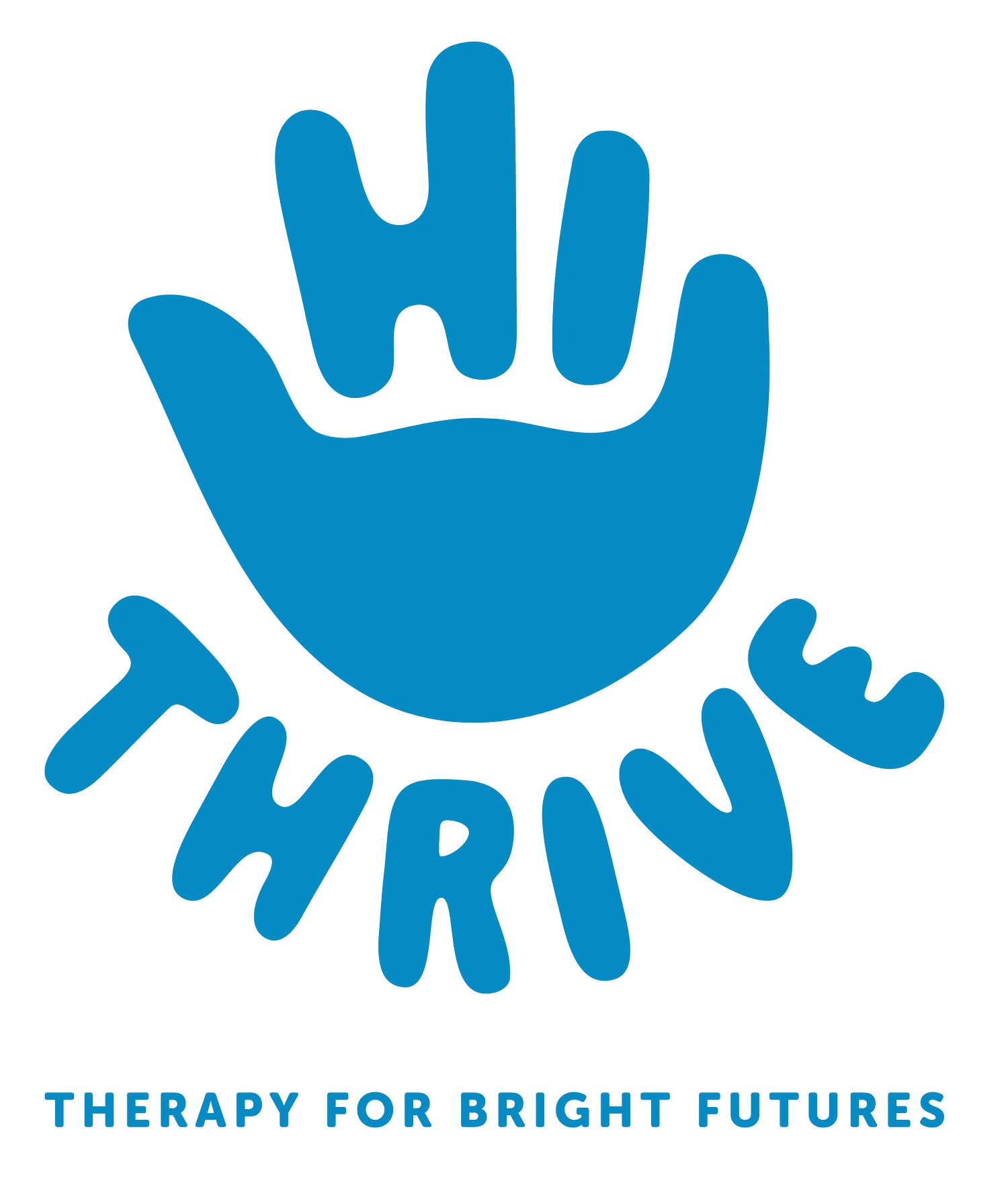Why So Many Autistic Girls Are Missed — and How We Can Help Them Thrive
At Hi Thrive, we meet many families who say, “We always knew something was different, but it took years for anyone to listen.”
This is unfortunately an all-too-common story for autistic girls.
Why autistic girls are often missed
Autistic girls are just as likely to exist as autistic boys, but they’re diagnosed much later on average. That’s because the “typical” picture of autism was built around boys. The result? Many girls fly under the radar for years.
Girls often:
Mask their differences by copying peers and studying social rules like a language test.
Appear social but rely on one close friend for support.
Internalise stress, holding it together at school but melting down at home.
Show anxiety as perfectionism or withdrawal, not disruption.
Have intense interests — but in socially “acceptable” topics like animals, books, or people, so they’re missed as special interests.
These quiet forms of struggle can be exhausting. When teachers and clinicians don’t see the signs, girls miss out on the early support that makes such a difference.
Common school challenges
Research from Yellow Ladybugs highlights six areas where autistic girls may need extra understanding:
Teamwork and group work – managing social dynamics can be more stressful than the actual task.
Executive functioning – planning, organisation, and time management often need direct support.
Class rules and fairness – girls may question inconsistent rules or take them very literally.
Peer relationships – friendships can be intense, confusing, or draining.
Bullying and exclusion – many girls experience covert bullying or social exclusion.
Hidden anxiety – even confident-looking students may be quietly overwhelmed.
How parents and professionals can help
Look beneath the surface. A girl who seems fine might be masking; ask how she feels at home, not just at school.
Create safe spaces. Quiet zones, sensory tools, and predictable routines can reduce anxiety.
Teach the “hidden curriculum.” Social rules, transitions, and group norms often need to be explained explicitly.
Collaborate. Teachers, parents, and therapists working together make the biggest difference.
Use her strengths. Let special interests lead learning — they’re gateways to confidence and communication.
A positive future
When autistic girls are recognised early and supported authentically, they thrive. Awareness is the first step.
Let’s build classrooms, clinics, and communities that make space for every child to feel safe, seen, and celebrated.
